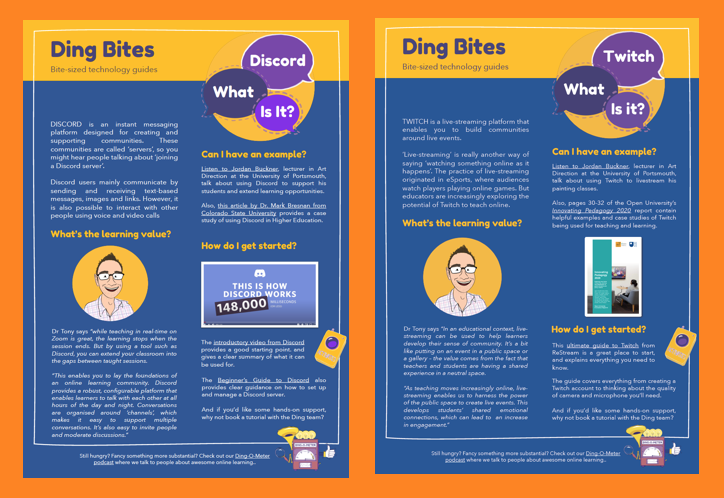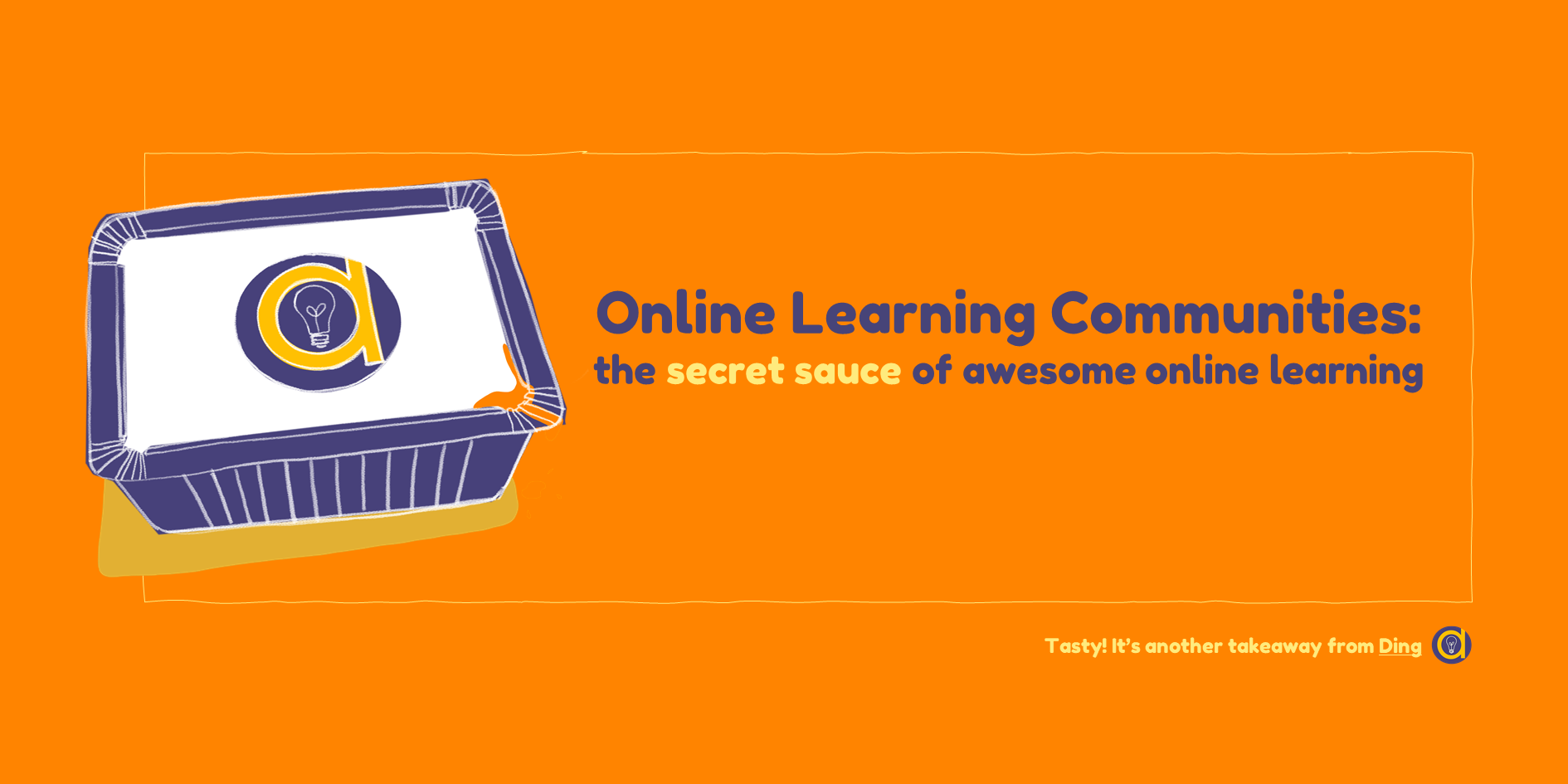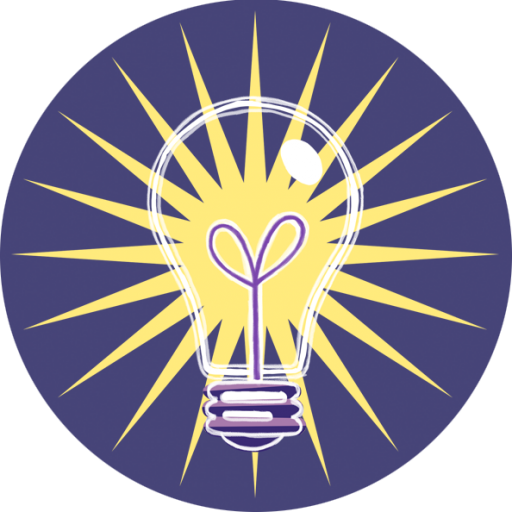Learning happens everywhere, and online learning is no different.
So why do so many universities only permit tutors to use the Virtual Learning Environment (VLE)?
Prior to the Covid pandemic, university students learned in a range of spaces such as lectures, workshops, seminars, the café, the student union and the library. Part of the value of a university campus is it provides multiple opportunities for students to ‘bump into knowledge’, whether this be knowledge from a tutor, a book or their friends.
But the shift to online delivery has taken away the luxury of these different learning spaces. Many universities have responded by asking tutors to make available as much content online as they can, as a way to try and mitigate the loss of the campus. This content is usually uploaded to the VLE for students to consume when convenient.
This is an understandable response to the situation, but it’s not great in terms of online learning design. So what can be done?
The term ‘solutionism’ was coined by Evgeny Morozov to explain the aim of tech companies to keep people on a single platform for as long as possible. Morozov also highlights how solutionism has come to explain the tendency to want to solve everything with a single app – in other words, to simplify a problem to such a degree it can be solved by one piece of software.
But the idea of solutionism also reflects the way in which universities try to force all online learning through a single, or very limited number, of online platforms. The justification for this is usually two-fold: firstly, the university has spent a lot of money on their VLE, and secondly there is an almost paranoid fear of data protection issues arising from allowing students and tutors to use any other platforms than those purchased by the university.
This has to be challenged, because it doesn’t reflect how learning happens.
Recreating the campus with an online learning community
Social learning is the biggest casualty of the move to online teaching. By removing the physical campus, students are feeling more isolated and have lost the regular social interactions with tutors and other students, which are a core part of learning.
But for many university courses, the focus has not been on creating opportunities for social learning. Instead, tutors are frantically creating and uploading Powerpoints, videos and documents into the VLE for students to consume. If they’re lucky, students are receiving one or two online lectures or seminars per week.
A much better solution is to focus on creating an online learning community around a course. By using multiple online platforms, it is possible to recreate much of the learning-related interaction that would happen on campus.
For example, one way to do this is to use a network of blogs, and set short weekly tasks for students to respond to. When students upload their work onto their blog, tutors and students are able to both see work in progress and engage in discussion through comments. The tutor’s role again shifts from delivering information to providing formative feedback, and facilitating online discussion.
Another option is to use a private LinkedIn group or Discord community to create a space for weekly discussions. The tutor’s role shifts from delivering content to posing questions and creating activities that get students to learn through doing.
Live-streaming platforms such as Twitch provide a further way for learning to happen in public, online spaces. By streaming demonstrations, lectures or other events such as live painting or performance, students can be supported to develop their literacies regarding appropriate communication and professionalism.
Platforms such as Padlet and Miro provide a further way for learning to happen flexibly and creatively. Again, the tutor’s role shifts away from delivering information to facilitating the conditions for students to develop ideas through experimentation and collaboration.
Using multiple online spaces for learning
As the pandemic contines to impact on society in many challenging and unforeseen ways , it has forced us to confront our underlying beliefs and assumptions about education. While many people still consider online learning inferior to on-campus learning, others have realised it is possible to teach things online they previously thought impossible.
Whatever your view, it is unlikely university education will return to its pre-pandemic form. This is partly because universities have realised online teaching opens up access to new markets, and partly because it offers real opportunities for more inclusive, flexible learning.
The challenge is therefore to define the appropriate blend of online learning spaces for your learners. This blend will vary according to the nature of the discipline and the nature of the students on the course.
But one thing is certain: a solutionist approach that fails to design for multiple online learning spaces will both alienate students and fail to prepare them adequately for the multi-platform, post-Covid world.
Why create an online learning community?
Download our free takeaway guide to find out
An online learning community is the secret sauce of awesome online learning.
Effective online learning communities can go a long way to replacing what has been lost through the more to online teaching.
But how do you create one? Our free takeaway guide reveals all…





